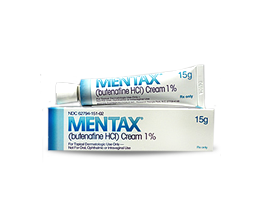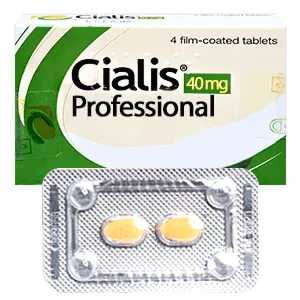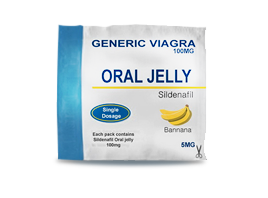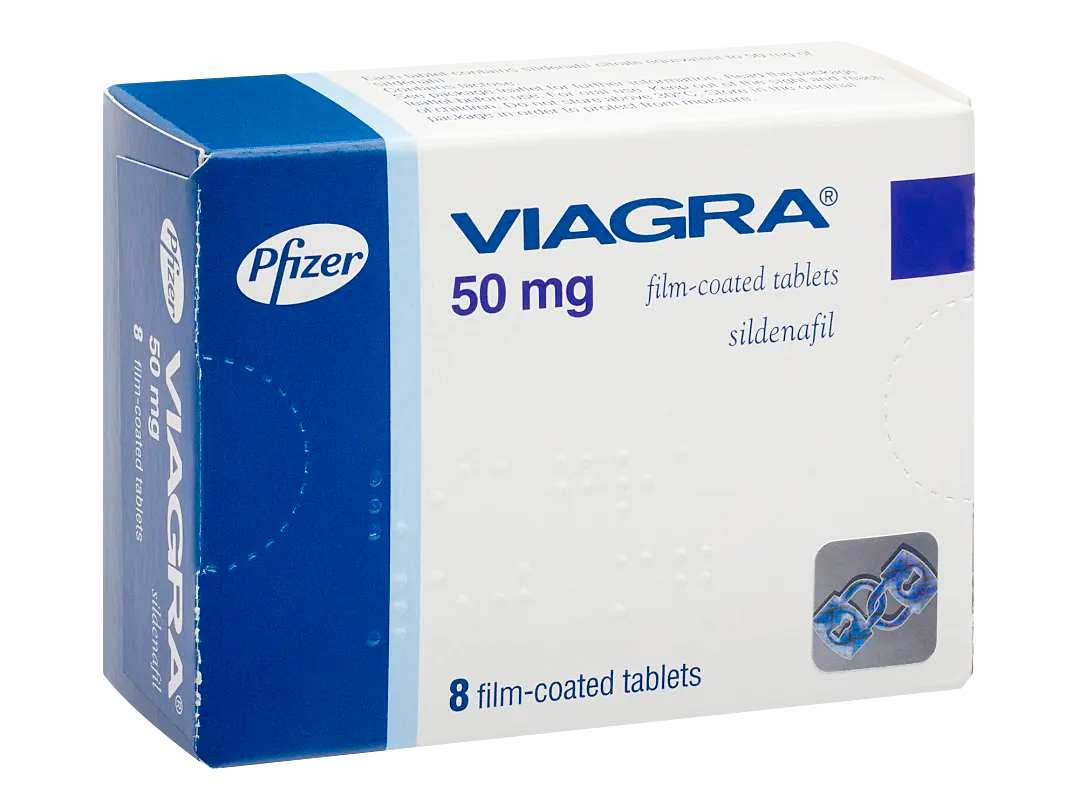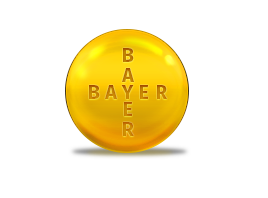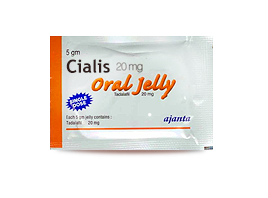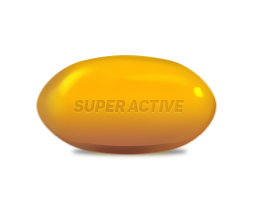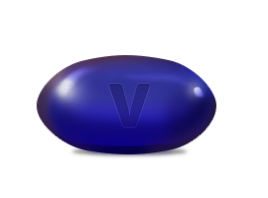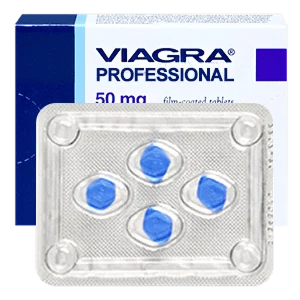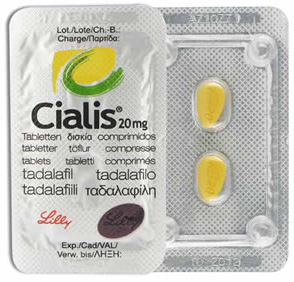Diflucan - antifungal medicine, possesses highly specific action, inhibiting activity of enzymes of fungus. It is taken at systemic lesions caused by fungus including meningitis, sepsis, infections of lungs and skin as at patients with a normal immune response, and at patients with various forms of immunosuppression.
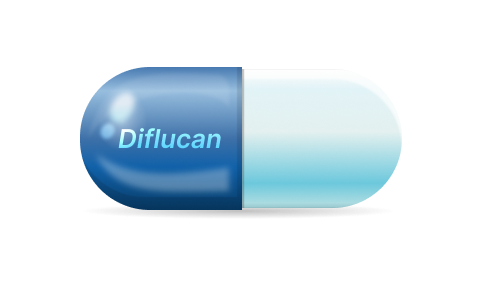
An antifungal drug for oral and topical use in fungal diseases of the skin and nails. At low concentrations, it has fungicidal activity against dermatophytes.

The antifungal agent which has activity against dermatophytes, yeasts, dimorphic fungi and eumycetes. It is also active against staphylococci and streptococci. The therapeutical indications of the drug include: mycoses of the gastrointestinal tract, eyes, genital organs, chronic recurrent vaginal candidiasis, dermatomycosis, onychomycosis, Candida, folliculitis, dermatophytosis, systemic fungal infections (blastomycosis, candidiasis, paracoccidioides, coccidioidomycosis, cryptococcosis, histoplasmosis, hromomikoz, sporotrichosis, paronychia, fungal sepsis, fungal pneumonia); leishmaniasis; tinea versicolor, prevention of fungal infections in patients with a high risk of their development. The mechanism of action is inhibition of fungal membrane ergosterol synthesis and the violation of the cell wall permeability.
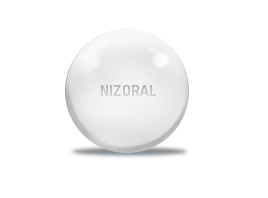
Sporanox - antifungal preparation of a wide spectrum of action. It is active against dermatophytes, yeast, yeast-like and mold fungi, causative agents of endemic mycoses. Accepted with onychomycosis, dermatomycosis, genital candidiasis, candidiasis of the oropharyngeal region, with systemic aspergillosis, candidiasis, histoplasmosis and blastomycosis.
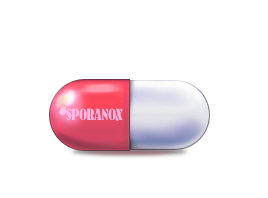
An antifungal agent from the group of imidazole derivatives for external and local applications reduces the synthesis of ergosterol, which is a part of the cell membrane of the microbial wall and leads to a change in its structure and properties. In fungicidal concentrations, it interacts with mitochondrial and peroxidase enzymes, leading to an increase in the concentration of hydrogen peroxide to toxic levels, which also contributes to the destruction of fungal cells. The pills are active against pathogenic dermatophytes, pathogens of multi-colored lichen, erythrasma, gram-positive and gram-negative bacteria.

Grifulvin V - the antifungal antibiotic, which is taken at mycoses of skin, hair and nails, and effective concerning fungus of the sort Trichophyton, Microsporum, Epydermophyton, Achorionum; causes disturbance of structure of mitotic spindle and synthesis of a cell wall in chitin fungus, suppresses division of fungal cells in metaphase and synthesis of protein because of disruption of linking with template-RNA.

Fulvicin - the antifungal antibiotic, which is taken at mycosis of skin, hair and nails (favus, trichophytosis, microsporia of a pilar part of the head, microsporia of smooth skin, dermatomycosis of beard and moustaches, epidermophitia of smooth skin, inguinal epidermophitia, onychomycoses). It is effective concerning fungus of the sort Trichophyton, Microsporum, Epydermophyton, Achorionum; causes disturbance of the structure of a mitotic spindle and synthesis of a cell wall at chitin fungus, suppresses division of fungal cells in metaphase and synthesis of protein because of disruption of linking with template-RNA.
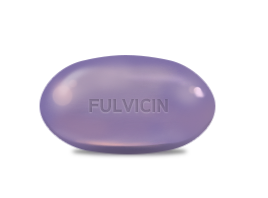
It is a nonsteroidal anti-inflammatory agent that effectively inhibits the synthesis of prostaglandins, has antipyretic, anti-inflammatory and analgesic effects. In addition, it reversibly inhibits collagen-induced platelet aggregation. In oral administration, the drug is partly absorbed in the abdomen and then completely in the intestine. After metabolism in the liver (hydroxylation, carboxylation) pharmacologically inactive metabolites are completely excreted in the urine. In oral administration, the maximum concentration in blood plasma is achieved in 1-2 hours.
